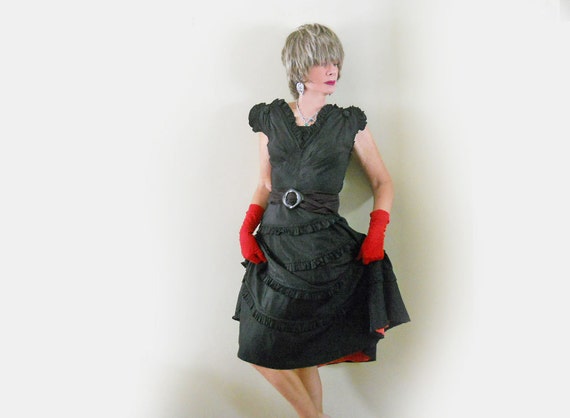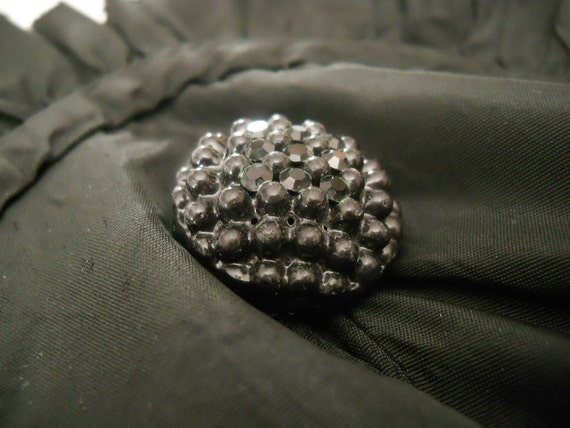Robin of Frocksley
Registered Guest
These buttons came off of a wonderful fake Persian Lamb coat with tags from the 60's that I bought only to discover that it was shedding "devil dust". Thanks to Nicole (Circa Vintage) and her wonderfully informative blog, I was able to identify the nasty stuff. I was so sad to trash the coat, but I did manage to save the buttons. They are plastic, the plastic is molded like little balls or bubbles, and studded with rhinestones. No idea how to best describe them. Thanks!













